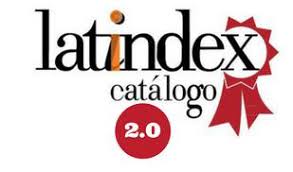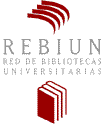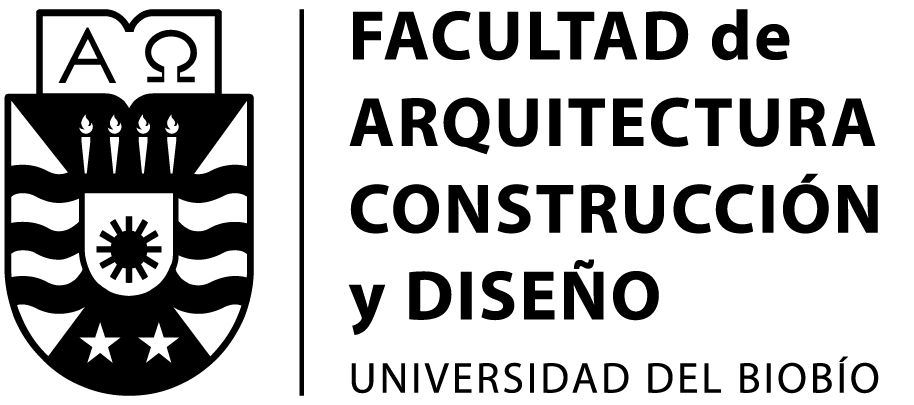Perception of biophilic values in the Rocuant Andalién wetland, Concepción, Chile
DOI:
https://doi.org/10.22320/07183607.2024.27.50.06Keywords:
urban wetlands, biophilic values, environmental perception, participatory geographic information systems, urban planningAbstract
This study analyzes the perception of biophilic values in the Rocuant-Andalién wetland, located in the Concepción Metropolitan Area, Chile, and examines how these perceptions vary according to neighborhood typologies. The main objective is to understand how different urban and sociodemographic characteristics influence the valuation of this natural space. For this purpose, a geo-referenced questionnaire was applied to 326 residents of different neighborhood typologies, assessing nine types of biophilic values (utilitarian, naturalistic, ecological-scientific, aesthetic, symbolic, humanistic, moralistic, dominionist, and negativist). A Public Participation Geographic Information Systems (PPGIS) approach and hot spot analysis were used to identify perception clusters. Results revealed that wetland perceptions vary significantly by neighborhood typology, with a higher valuation of utilitarian and aesthetic values in low-density areas standing out. Hotspots were identified that indicate areas with a high valuation of certain biophilic values. The integration of PPGIS and biophilic values demonstrates how spatial patterns influence the perception of urban wetlands. The results suggest that improving infrastructure and accessibility could strengthen residents' connections to these natural spaces. The findings underscore the importance of developing inclusive and effective conservation and urban planning policies to promote a more favorable perception and management of urban wetlands.
Downloads
References
ALIKHANI, S., NUMMI, P., y OJALA, A. (2021). Urban wetlands: A review on ecological and cultural values. Water, 13(22), 3301. https://doi.org/10.3390/w13223301.
BRODY, S. D., HIGHFIELD, W., y PECK, B. M. (2005). Exploring the mosaic of perceptions for water quality across watersheds in San Antonio, Texas. Landscape and Urban Planning, 73(2–3), 200–214. https://doi.org/10.1016/j.landurbplan.2004.11.010
BROWN, G., y KYTTÄ, M. (2014). Key issues and research priorities for public participation GIS (PPGIS): A synthesis based on empirical research. Applied Geography, 46, 122–136. https://doi.org/10.1016/j.apgeog.2013.11.004
DOBBIE, M., y GREEN, R. (2013). Public perceptions of freshwater wetlands in Victoria, Australia. Landscape and Urban Planning, 110, 143–154. https://doi.org/10.1016/j.landurbplan.2012.11.003
GUNNARSSON, B., y HEDBLOM, M. (2023). Biophilia revisited: nature versus nurture. Trends in Ecology & Evolution, 38(9), 792-794. https://doi.org/10.1016/j.tree.2023.06.002
HIDALGO-CORROTEA, C., ALANIZ, A. J., VERGARA, P. M., MOREIRA-ARCE, D., CARVAJAL, M. A., PACHECO-CANCINO, P., y ESPINOSA, A. (2023). High vulnerability of coastal wetlands in Chile at multiple scales derived from climate change, urbanization, and exotic forest plantations. Science of The Total Environment, 903, 166130. https://doi.org/10.1016/j.scitotenv.2023.166130
JOHNSON, M.S., ADAMS, V.M., y BYRNE, J.A. (2024). Enhancing climate adaptation: Integrating place-based risk perceptions and coastalscape values using Q+PPGIS. Landscape and Urban Planning, 252, 105197. https://doi.org/10.1016/j.landurbplan.2024.105197
KELLERT, S. R., y WILSON, E. O. (1993). The biophilia hypothesis. Shearwater Books.
KAPLOWITZ, M. D., y KERR, J. (2003). Michigan residents’ perceptions of wetlands and mitigation. Wetlands, 23(2), 267–277. https://doi.org/10.1672/15-20
MARSELLE, M., HARTIG, T., COX, D., DE BELL, S., KNAPP, S., LINDLEY, S., TRIGUERO-MAS, M., BOEHNING-GAESE, K., COOK, P., y DE VRIES, S. (2020). Pathways linking biodiversity to human health: A conceptual framework. California Digital Library (CDL) [Archivo PDF]. http://dx.doi.org/10.32942/osf.io/czyv4
MITSCH, W. J., y GOSSELINK, J. G. (2015). Wetlands. John Wiley & Sons.
NASSAUER, J. I. (2004). Monitoring the success of metropolitan wetland restorations: Cultural sustainability and ecological function. Wetlands, 24(4), 756–765. https://doi.org/10.1672/0277-5212(2004)024[0756:MTSOMW]2.0.CO;2
ROJAS, C., MUNIZAGA, J., ROJAS, O., MARTÍNEZ, C., y PINO, J. (2019). Urban development versus wetland loss in a coastal Latin American city: Lessons for sustainable land use planning. Land Use Policy, 80, 47–56. https://doi.org/10.1016/j.landusepol.2018.09.036
ROJAS, O., MARDONES, M., ROJAS, C., MARTÍNEZ, C., y FLORES, L. (2017). Urban growth and flood disasters in the coastal river basin of south-central Chile (1943–2011). Sustainability, 9(2), 195. https://doi.org/10.3390/su9020195
ROJAS-QUEZADA, C., JORQUERA-GUAJARDO, F., y STEINIGER, S. (2022). Acceder caminando a los humedales urbanos: Una oportunidad de recreación y bienestar. Revista Urbano, 25(46), 56–67. https://doi.org/10.22320/07183607.2022.25.46.05
SUN, D., JI, X., LYU, M., FU, Y., y GAO, W. (2024). Evaluation and diagnosis for the pedestrian quality of service in urban riverfront streets. Journal of Cleaner Production, 452, 142090. https://doi.org/10.1016/j.jclepro.2024.142090
VILLAGRA, P., y DOBBIE, M. (2014). Design aspects of urban wetlands in an earthquake-prone environment. Journal of Urban Design 19(5): 660–681. https://doi.org/10.1080/13574809.2014.943707
VILLAGRA, P., ROJAS, C., ALVES, S., y ROJAS, O. (2024). Spatial interactions between perceived biophilic values and neighborhood typologies in wetlands. City and Built Environment, 2(3), 1-23. https://doi.org/10.1007/s44213-024-00027-2
WYLES, K. J., PAHL, S., THOMAS, K., y THOMPSON, R. C. (2016). Factors that can undermine the psychological benefits of coastal environments: Exploring the effect of tidal state, presence, and type of litter. Environment and Behavior.8(9), 1095-1126. https://doi.org/10.1177/0013916515592177
Downloads
Published
How to Cite
Issue
Section
License
Copyright (c) 2024 Carolina Rojas-Quezada, Paula Villagra, Felipe Jorquera

This work is licensed under a Creative Commons Attribution-ShareAlike 4.0 International License.
The content of articles which are published in each edition of Habitat Sustentable, is the exclusive responsibility of the author(s) and does not necessarily represent the thinking or compromise the opinion of University of the Bio-Bio.
The author(s) conserve their copyright and guarantee to the journal, the right of first publication of their work. This will simultaneously be subject to the Creative Commons Recognition License CC BY-SA, which allows others to share-copy, transform or create new materials from this work for non-commercial purposes, as long as they recognize authorship and the first publication in this journal, and its new creations are under a license with the same terms.![]()























